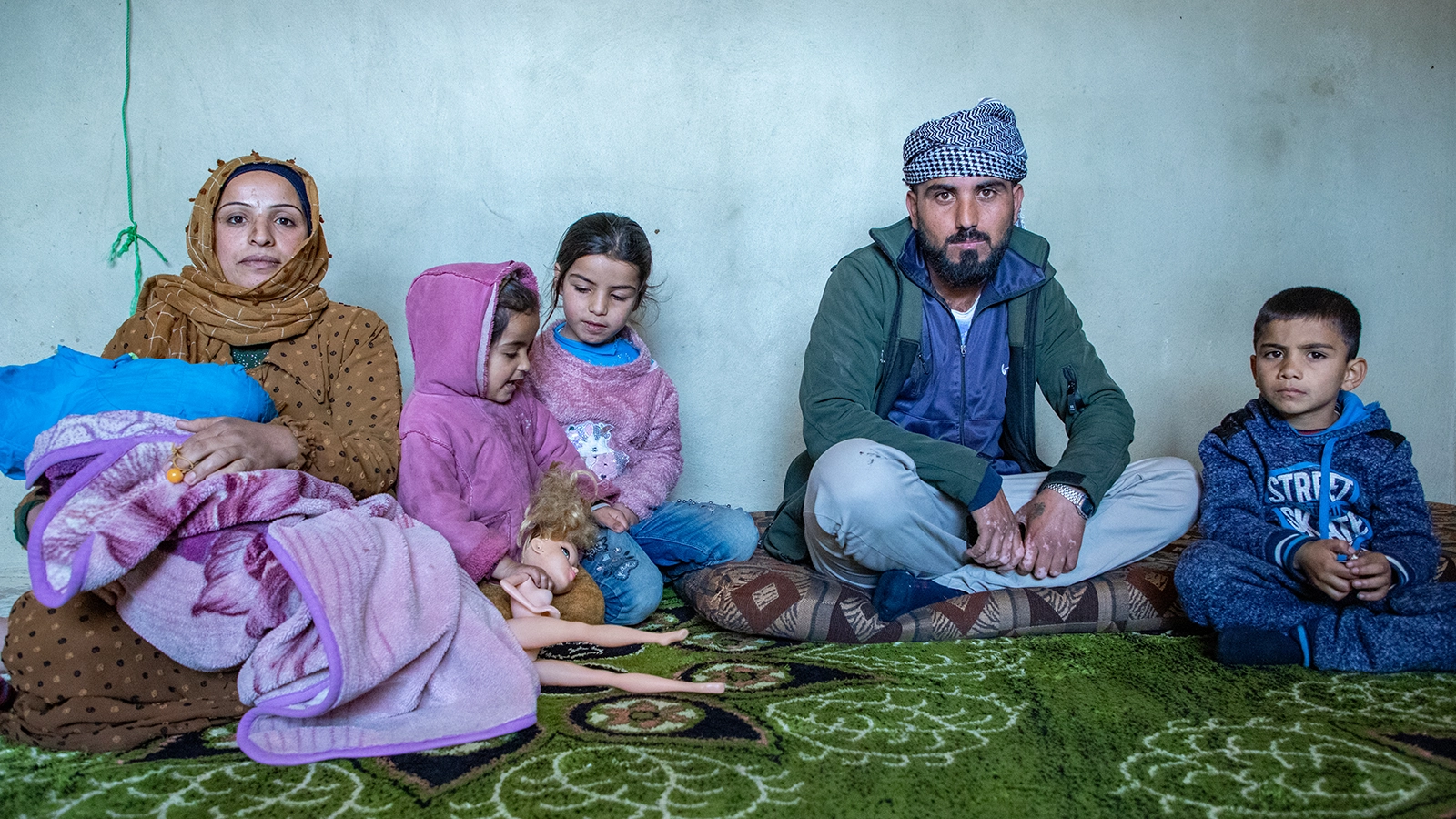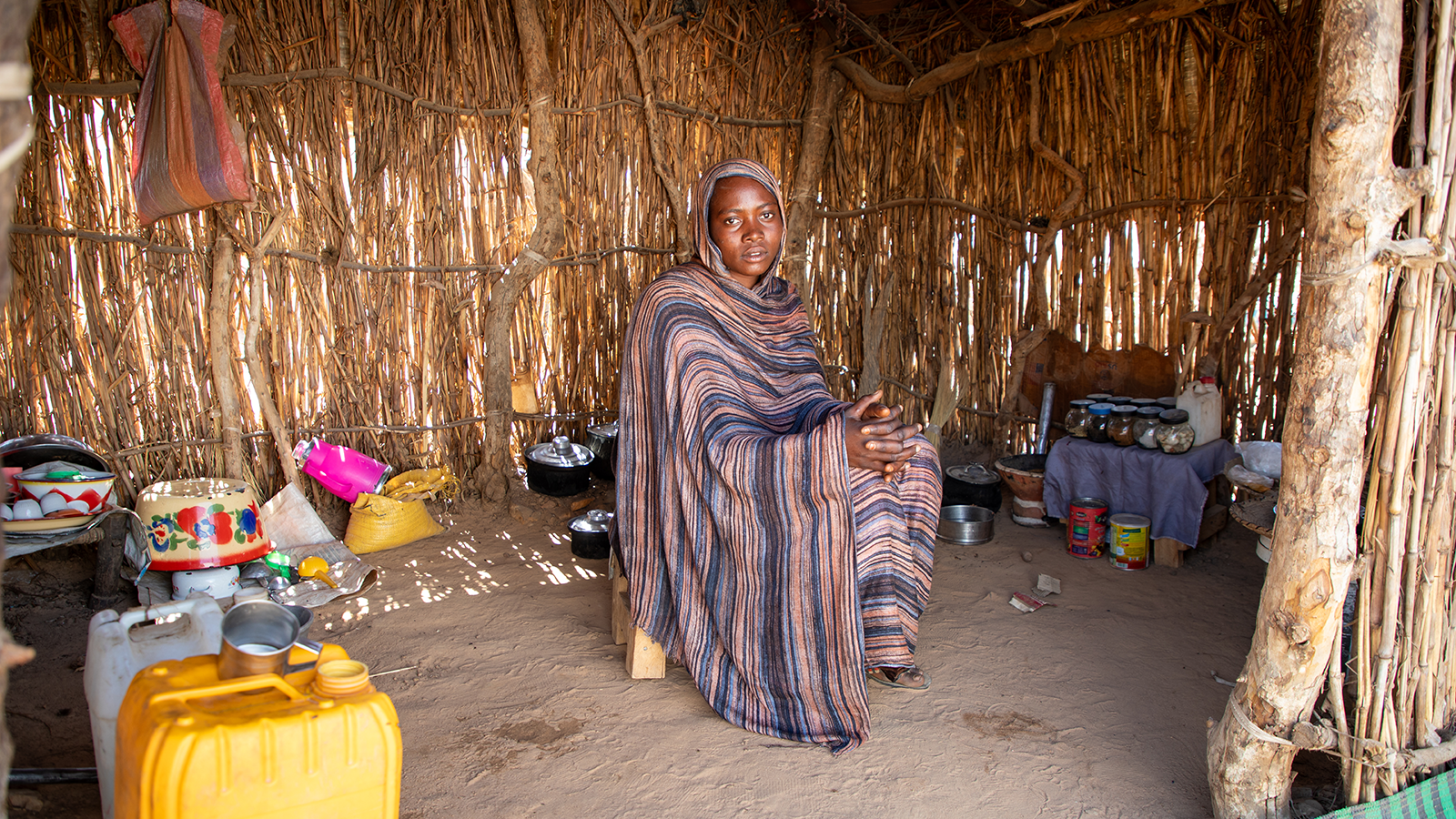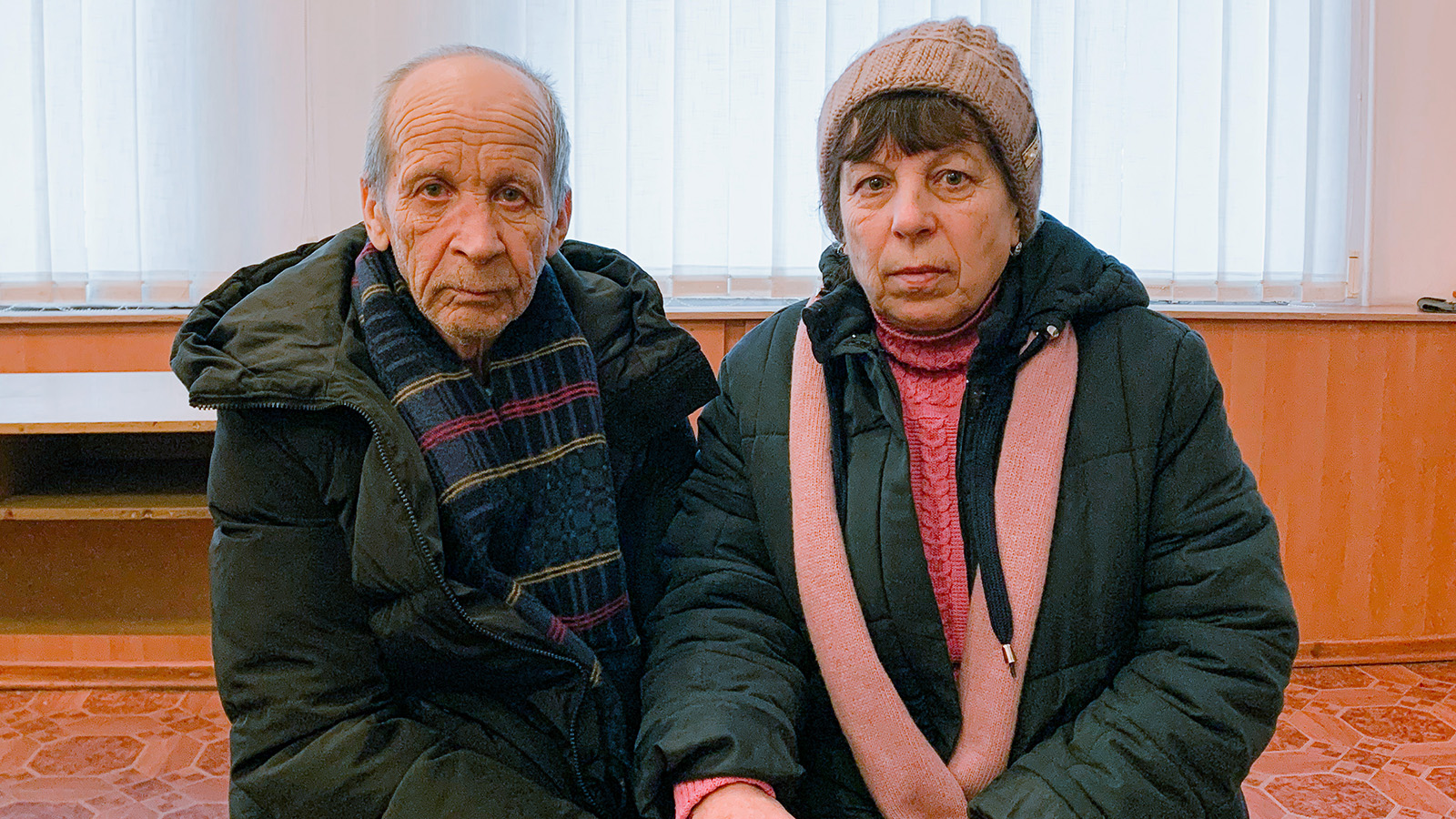“We were just trying to save ourselves from death,” says Fatima*, a Sudanese mother of five, speaking from a refugee camp in Chad.
These nine words sum up the experience of tens of millions of refugees living in displacement. Getting out of a crisis zone can be a dangerous journey and cost everything a person has. They are then forced to deal with bureaucratic processes (sometimes without all of their paperwork in order if they had to leave quickly), wait on asylum decisions, and live with the uncertainty of both their situation in displacement and the situation back home.
In other words, the challenges don’t end once a person has been granted asylum. Read on for ten of the most common problems refugees face today — and what we’re doing to help.
1. Making a living
Refugees often have to leave almost everything behind in order to get out of a dangerous situation, and what they are able to bring with them may be used to get them out. As Fatima told us, a journey from her home village in Sudan to Chad normally cost at most 4,000 Sudanese pounds per person (approximately $6.50). When she and her family fled the current conflict in Sudan for a refugee camp in eastern Chad, it cost 62,500 Sudanese pounds per person (about $100). Some refugees may arrive in a host community already in debt.
While progress has been made in the last five years, economic inclusion is still limited for refugees, making it hard to rebuild their lives and contribute to their host community. The UN High Commissioner for Refugees (UNHCR) estimates that 75% of refugees live in poverty, and while 70% legally have the right to work either partially or fully, only 50% have formal employment in practice. Financial services can also be limited for them, including fair loans, social security, and unemployment compensation.

2. Finding housing
The UNHCR reports that only 22% of refugees live in tented camps, with the other 78% living in cities, usually in housing. In either case, however, finding safe and affordable housing can be a challenge. Some camps, like those for Rohingya refugees in Cox’s Bazar, Bangladesh, have restrictions on the materials that can be used to construct shelters, leaving many families living in tents that are vulnerable to the elements (especially floods and fires).
While 78% of refugees live in urban or peri-urban areas, many still struggle to find affordable and adequate housing amid housing crises and a lack of public or subsidized housing. When Khaled* and Maram* arrived in Lebanon from Syria in 2013, they first lived in Bekkar, but struggled with both high rental fees and anti-refugee sentiment within the host community. They moved to Mt. Lebanon in 2021. Over the summer they can live in a tent for free. During the winter, they rent a house. It’s better than the tent, but they cannot afford to winterize it against the harsh winters in the alpine climate.
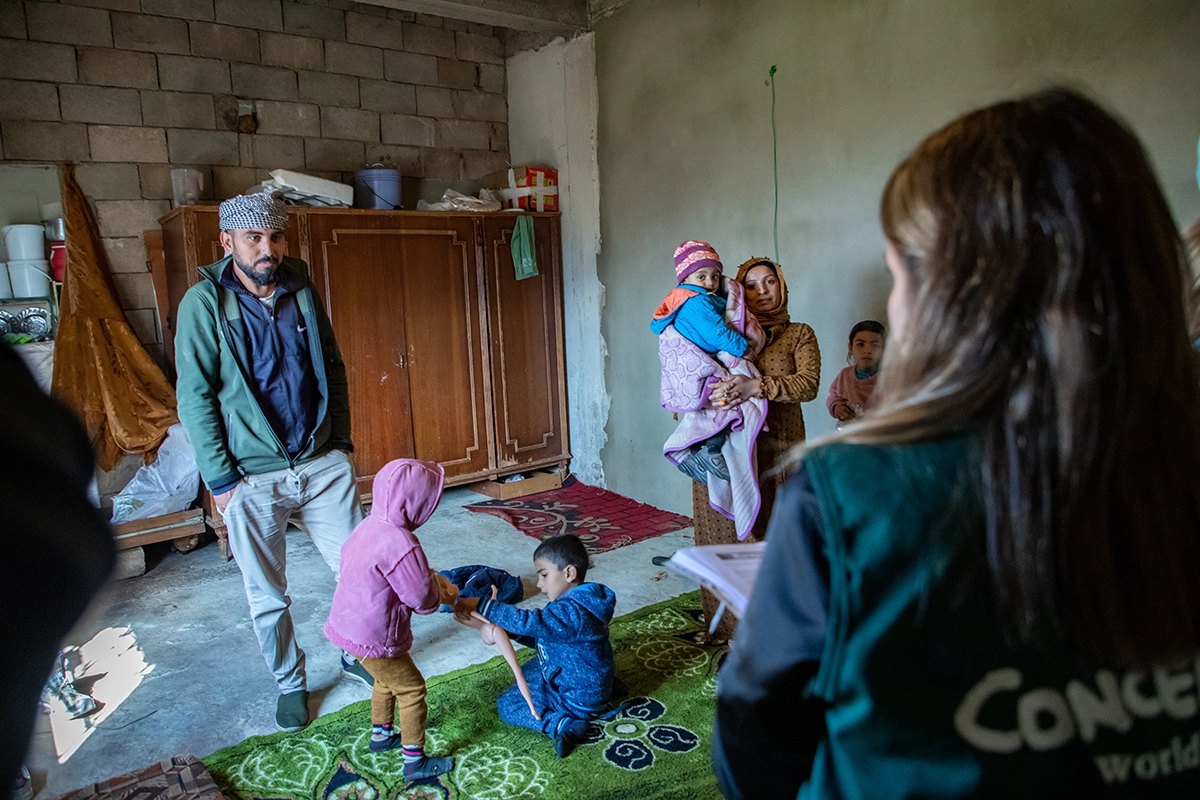
3. Staying safe and healthy
It’s a sad irony that safety is an existential issue for refugees even when they are able to flee conflict at home and reach “safety.” Many of the countries that take in the most refugees are neighboring countries and also face their own crises, which can leave refugees living in informal settlements in an even more tenuous position.
Like many refugees, they face challenges accessing healthcare both in terms of affording medication and being able to go to a hospital or clinic when needed (especially with the curfews in place). Based on inflation rates in Lebanon, Khaled was unable to afford medicine for his son one day at the pharmacy. “I am afraid that I will reach a point where I have to beg in order to get money for my children to live,” he says.
In addition to healthcare, sanitation and hygiene are also an issue in many remote and rural communities. “The biggest challenge here is we don’t have soap,” Fatima says of her camp in Chad. “Water is also very far from our place, and we are forced to hire someone with a wheelbarrow.”
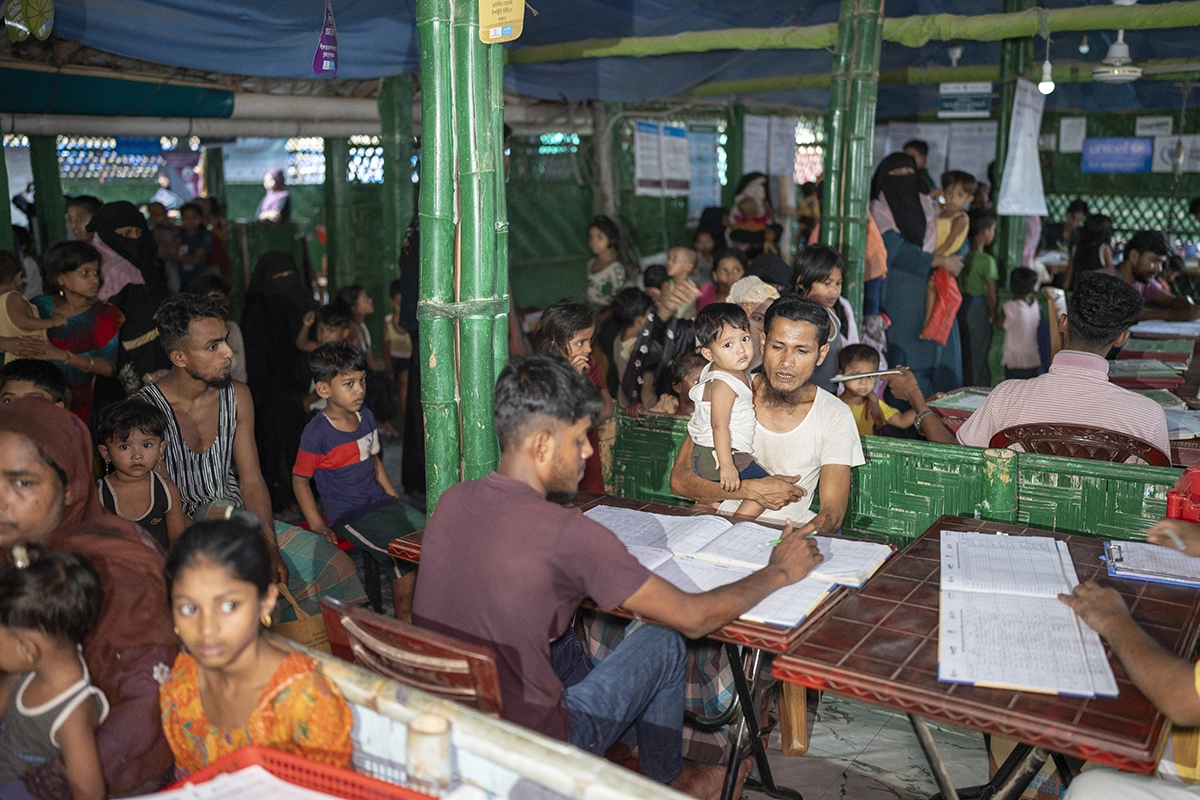
4. Post-traumatic stress — and ongoing trauma
It’s not just physical health. Mental health is also a major issue for refugees. “The main challenge now is that people haven’t adjusted to the circumstances that they’re now facing,” psychologist Lilia explained to us in February 2023 before she led a group session for Ukrainian senior citizens living in Zaporizhzhia. Even though the region was relatively safer for many Ukrainians who fled there from cities closer to the front, it is still prone to air raid sirens and attacks, leaving people in a state of high anxiety.
The same issues hold true for refugees as well as internally-displaced people. “These sessions made us feel that someone cared for us on an emotional level. This doesn’t happen often in our masculine society, where we are driven by the idea that we must be machines and provide for our families,” says Hassan*, a father of three who participated in a support group for Syrian refugee men in Lebanon and struggling with their circumstances, both those that led them to flee and the realities of their “new normal” in displacement.
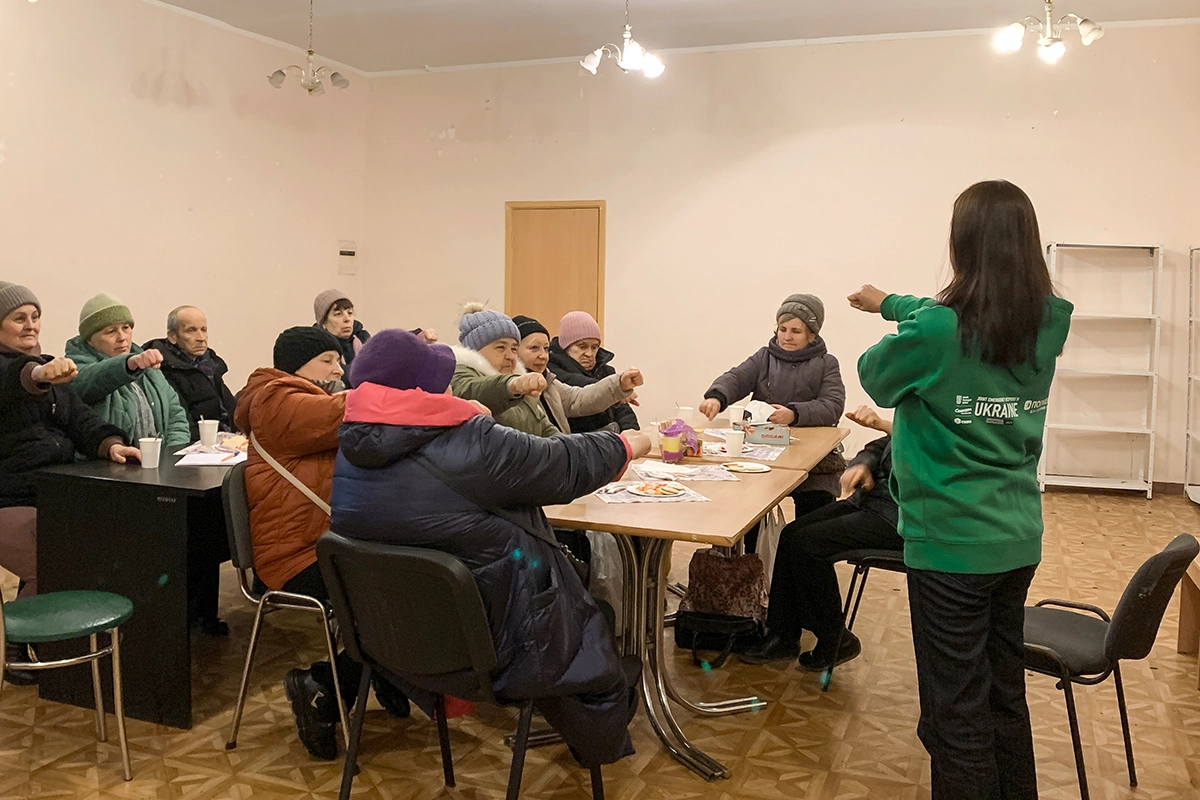
5. Language and other cultural barriers
Even in neighboring countries, refugees may find themselves getting lost in translation within a host community. A 2020 report by the organization Translators Without Borders studied this issue among Rohingya refugees living in southern Bangladesh. The dominant dialect in this part of Bangladesh is Chittagonian (an offset of Bengali), while the hundreds of thousands of refugees who fled Rakhine State speak Rohingya.
“Everybody thought: ‘Chittagonian is close enough to Rohingya to be understood’. But that is not the case,” said TWB’s Mia Marzotto, who added that researchers found 36% of Rohingya in Cox’s Bazar could not understand a simple message spoken in Chittagonian.
After gaining asylum in one country, refugees may also be resettled for the long-term (or even permanently) in another. Adding to an already stressful situation, they now find themselves having to integrate into a completely foreign language and culture.
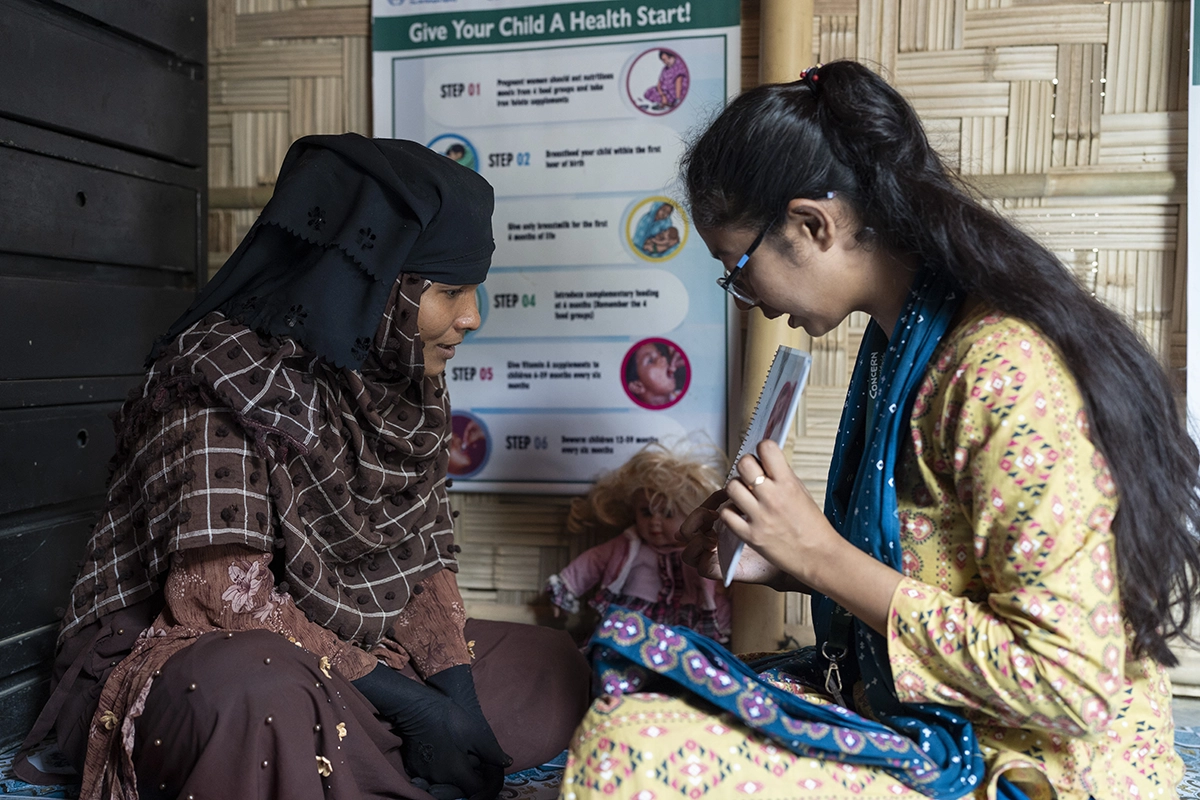
6. Continuing education (for themselves or their children)
In Sudan, 20-year-old Nayla*’s life centered on her education. Now in a refugee camp in eastern Chad, her younger brothers are able to attend child-friendly spaces to play and learn, however her own education has been put on hold. It’s one of the things she misses the most, especially as she says “there is not much to do” in the camps.
This is a common issue faced by refugees who are of high school or university age. Many never return to finish their education. “I have lost my will now after missing it for two years,” one 16-year-old Syrian refugee told us several years ago.
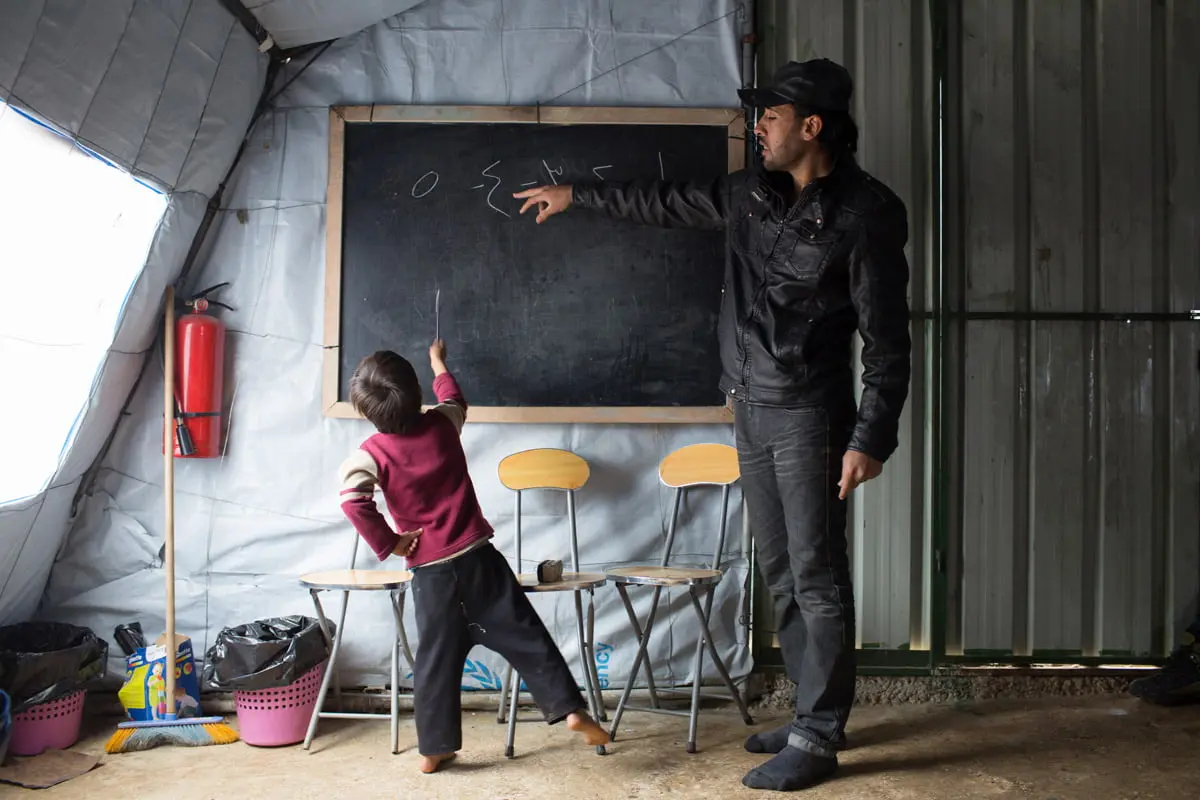
Being a refugee can also force many children to take on roles and duties that are far beyond their years. At the end of 2023, the UNHCR estimated that 40% of all forcibly-displaced people are under the age of 18. Many end up taking on caretaker roles for younger siblings or cousins if they aren’t with their parents or a guardian. Others are forced to take on work to support their family if their parents can’t earn enough.
And even for those who continue their education from a host community, it can be difficult to keep up in class. Many child refugees have witnessed too many horrors to be able to cope in a traditional education setting. Some are also discriminated against in the classroom.
7. Having loved ones back home
One of the many reasons refugees may experience stress or trauma while in displacement is that many of them still have family and loved ones back home. Some may even return after getting out.
This was the case for Fatima in Chad, who feels secure with what she gets in assistance from Concern and other local NGOs, but has other issues that keep her up at night. “My main thoughts and worries right now are my children who are in Sudan,” she says. “I haven’t heard back from three of my children who went back.”
Even with modern technology, maintaining contact with loved ones in conflict or crisis zones can be difficult. The uncertainty of what friends and family are experiencing in the midst of a crisis only adds to the feelings of survivor’s guilt that many refugees experience. They may not have an entirely easy time in displacement, but they also know how much worse it could be.
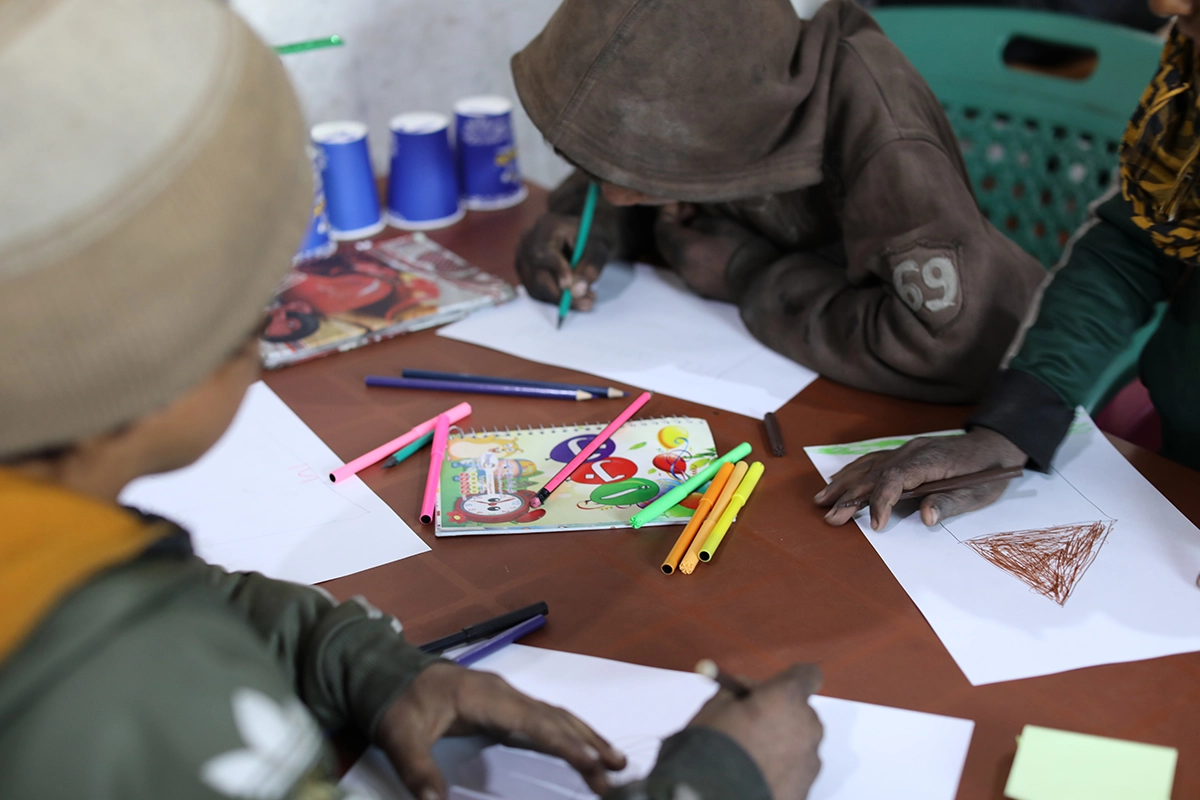
8. Being disabled
The UNHCR estimates that several million people displaced around the world are disabled, “but often remain invisible within uprooted communities.” While disabled people don’t form a monolith, living in displacement can often present challenges for people who require additional accommodations. The UNHCR adds that they statistically face a greater risk of exploitation, violence, and discrimination.
In the Democratic Republic of Congo, the Bulengo displacement camp is situated on a hilly area, built on ground made of broken volcanic rocks. Heavy rains make it difficult, and at times impossible, for people using crutches or wheelchairs to cross muddy paths. Many struggle to access services like food distributions and clinics. Roughly 400 people who identify as disabled live in Bulengo and have organized a group with elected representatives to advocate for their needs.
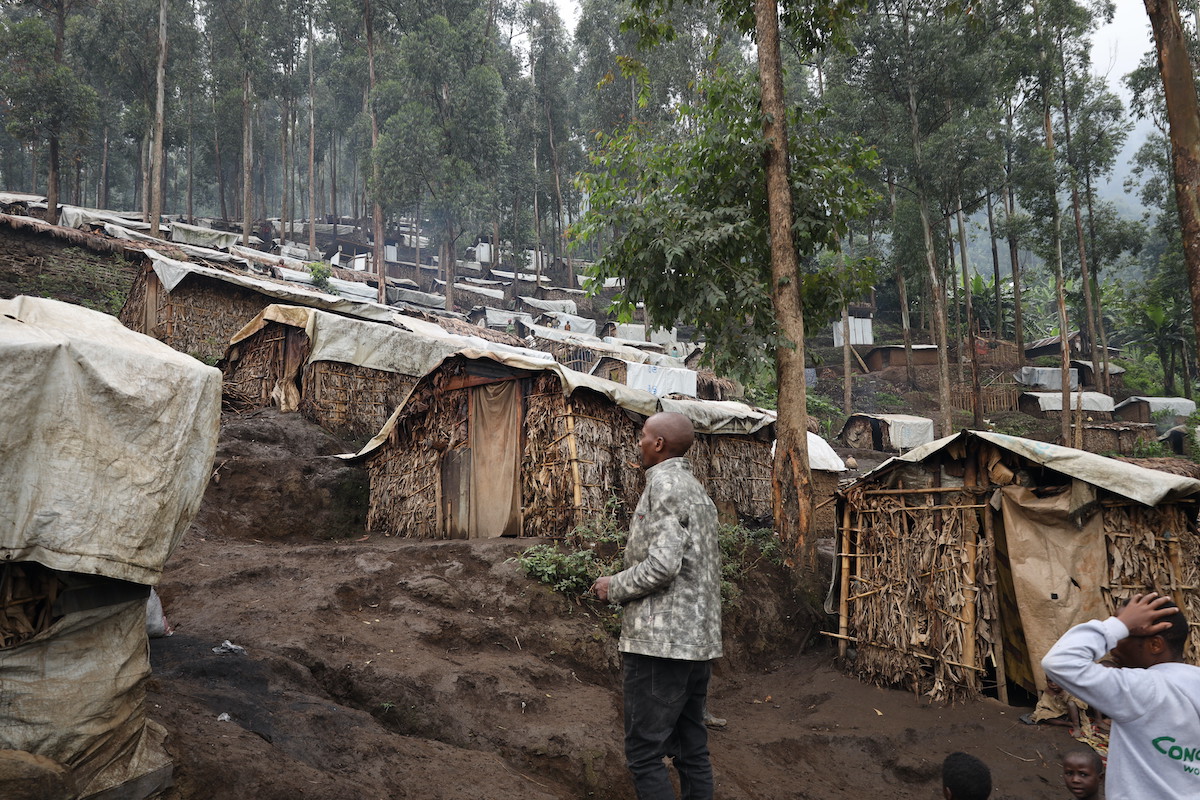
9. Getting food on the table
In the 2018 Global Hunger Index, coauthored by Concern Worldwide and Welthungerhilfe, we examined the links between hunger and forced migration and argued that the global refugee crisis is also a hunger crisis. “Humanitarian assistance is not designed to support people over the long term,” the University of London’s Laura Hammond writes in that year’s report. “Refugees receive assistance to meet only their most basic food and nonfood needs, often in the hope and expectation that they will be able to return to their areas of origin before long.”
However, this is no longer the case for the majority of displaced people. The year that we published that GHI, the UNHCR estimated that over 80% of the global refugee population had been displaced for more than 10 years, and 40% had been displaced for more than 20 years.

On top of this, more and more emergency responses (including displacement responses) have become underfunded as crises become more protracted and donors move on to other priorities. This year, for example, the UN requested $6.1 million in funding to meet urgent humanitarian needs in Syria (funding that also goes to partner organizations such as Concern). As of early 2024, they had received just 27% of required funds.
“I am sorry and sad to see one of my children wishing to eat a meal, but I can’t afford to buy meat,” says Khaled. “We used to be able to get food from the supermarket and pay later when we received assistance, however the shops will not accept this anymore as the prices are changing due to the economy.”
10. Making a life
All of these individual problems add up to a larger existential issue: Most refugees leave their homes because it’s a matter of life and death. But how to build a life in the middle of so many challenging circumstances?
“Regardless of the conditions, Syria is more beautiful,” says Khaled’s wife, Maram. “It’s our country and we could once move freely.” While it’s not safe for them to return, they struggle to find a way of living in Lebanon amid limited opportunities, despite Khaled’s strong desire to work. “I don’t need to be rich or an elite in the community,” Maram adds. “I just want to cover our basic needs and for our children to have dignity.”
In Chad, former university student Nayla has been able to find a volunteer position with Concern’s maternal and child health clinics which serve the Sudanese refugees in the area. However, she also echoes Khaled’s and Maram’s sentiments. “It’s not easy for me to spend my life here,” she says. “I am hoping that peace can come to Sudan. If the situation will be stable, my hope is that we can go back because we can also not continue to live here.”
*Names have been changed for security purposes.
Concern’s work with refugees
Emergency response is part of Concern’s DNA and working with refugee communities in this context has become a core skill for our teams over the last six decades. We work with both refugee communities and host countries to ease the pressure that mass displacement can put on a host community. In addition to meeting the frontline needs — including food, shelter, protection, and other non-food essentials — we also work with refugees on longer-term initiatives, including skill-building and livelihood development and psychosocial support.
We also put a special focus on the needs of child refugees (who make up 40% of the global refugee population), including education, family support, and providing safe spaces where they can play and enjoy their childhood.
Last year, we responded to 66 emergencies in 20 countries, reaching nearly 15.5 million people. This included:
- Playing an essential role in NGO coordination in Chad and collaborating with a consortium of NGOs on the cross-border response to support Sudanese refugees.
- Rehabilitating temporary shelters in Lebanon, including preparing them for harsh winter conditions, in communities hosting a total of 39,700 Syrian refugees.
- Working with nearly 84,000 Rohingya refugees in Cox’s Bazar, Bangladesh on ways of preventing malnutrition within their families.

